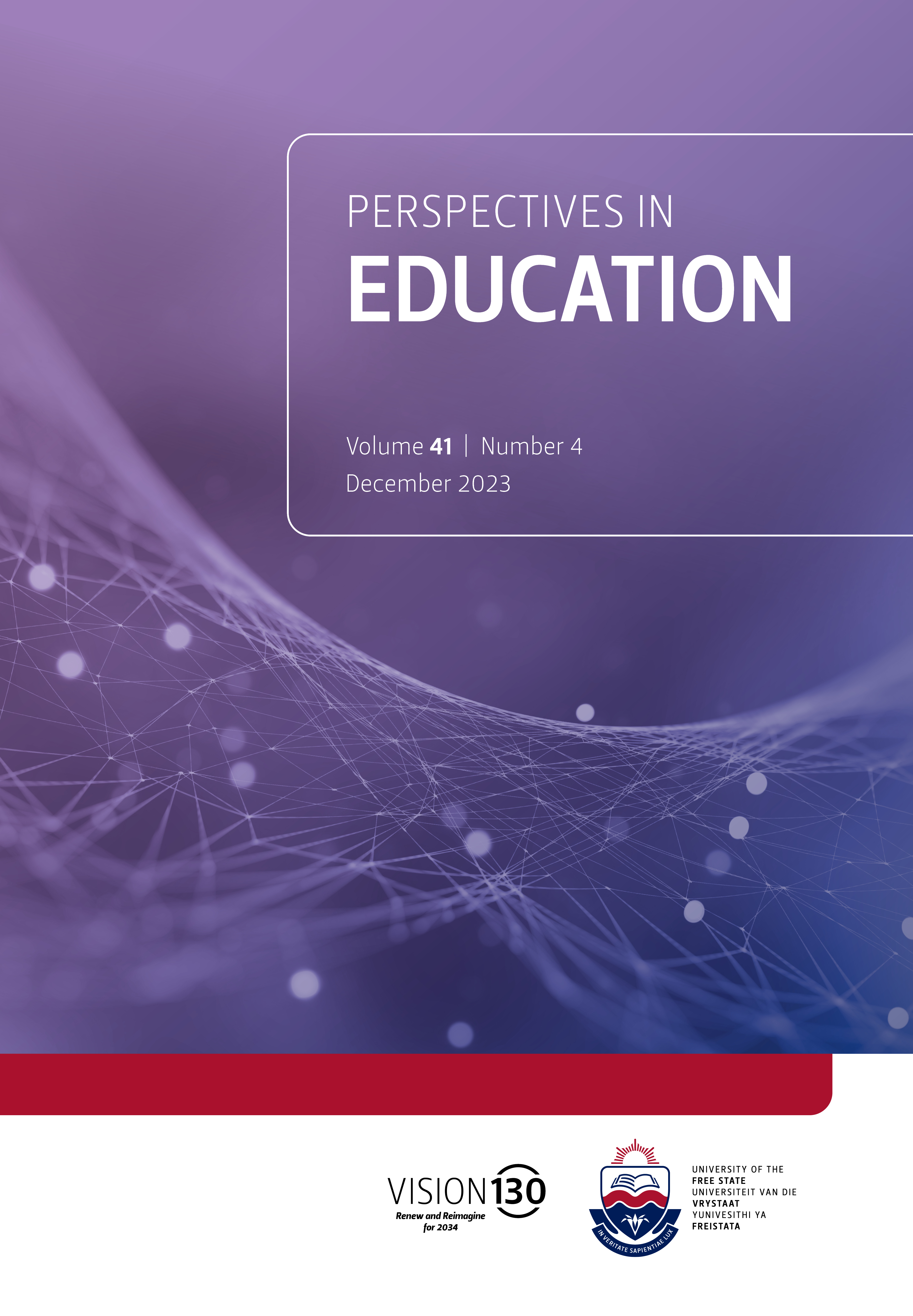Bridging gender disparities in the teaching profession in tertiary institutions for globalisation
DOI:
https://doi.org/10.38140/pie.v41i4.7040Keywords:
Gender, Teaching, profession, Tertiary institutionsAbstract
Globally, female teachers have established careers in teaching. In Nigeria, there are more females in the teaching profession at lower levels of education than at tertiary institutions. This study examined the gender distribution rate of teachers in secondary and tertiary institutions and the factors that caused differences in gender balance at tertiary institutions using mixed method research. A proforma form was used to collect quantitative secondary data, while the interview guide was used to collect qualitative data. Descriptive statistics of frequency and percentage were used to analyse the quantitative data collected to establish the rate of male and female teachers. The qualitative data were analysed thematically with the aid of Atlas ti. The results showed that the rate of female teachers outweighed their male counterparts by 4.35% at secondary schools, while male lecturers outnumbered female lecturers by 54.67% at the tertiary level. Lack of ambition to aspire higher, as well as societal perspective and marriage, among others, were factors responsible for the low rate of female lecturers in tertiary institutions. In order to address the gender gap
identified at tertiary institutions for globalisation, educational policy makers were advised to ensure that tertiary institutions increase the percentage of women in their academic recruitment.
Downloads
##submission.downloads##
Published
How to Cite
Issue
Section
License
Copyright (c) 2023 Patricia A. O. Etejere, Felicia K. Oluwalola, Omotayo Adewale Awodiji, Amudalatu A. Sagaya

This work is licensed under a Creative Commons Attribution 4.0 International License.









